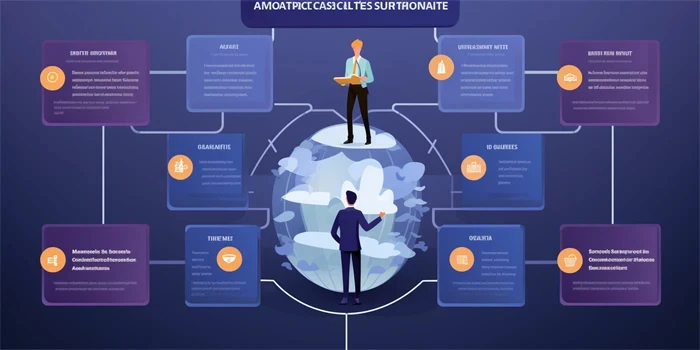As an objective observer, it is important to understand that making a significant amount of money on YouTube requires time, dedication, and a bit of luck. While some individuals have achieved overnight success, it is far more common for creators to invest months, or even years, into building their channel and generating substantial income. In this article, we will explore several factors that contribute to the process of earning money on YouTube.

1. Content Quality and Consistency
Creating high-quality and consistent content is crucial for gaining a loyal audience and attracting advertisers. Quality content that resonates with viewers is more likely to be shared, increasing your channel’s exposure and potential revenue streams.
Consistency is equally important, as it helps to establish trust and reliability with your audience. Publishing regular and predictable videos can encourage viewers to subscribe and engage with your channel on a long-term basis.
2. Subscribers and Engagement
Building a substantial subscriber base is a significant milestone for any YouTube channel. The more subscribers you have, the larger your potential audience and potential earning opportunities become. Additionally, engaging with your viewer community through comments, likes, and shares can strengthen viewer loyalty and increase your chances of monetization.
3. Monetization Requirements
To start earning money on YouTube, you must meet certain requirements set by the platform. These requirements include having at least 1,000 subscribers and 4,000 watch hours in the past 12 months. Once you reach these milestones, you can apply for the YouTube Partner Program and enable monetization on your channel.
4. Ad Revenue and CPM
Monetizing your channel allows you to earn revenue through advertisements shown before, during, or after your videos. However, the amount of money you earn will depend on several factors, including your niche, advertisers’ demand, and the overall quality of your content. CPM (Cost Per Mille) refers to the amount you earn per thousand ad impressions, and it can vary greatly.
5. Sponsorships and Brand Deals
Once your channel gains traction and has a substantial following, you may be approached by brands for sponsorships or brand deals. These collaborations can provide an additional source of income and often yield higher returns compared to ad revenue. However, it is important to maintain transparency and authenticity, as your viewers’ trust is paramount.
6. Affiliate Marketing
Another way to monetize your YouTube channel is through affiliate marketing. By promoting products or services using unique affiliate links in your video descriptions, you can earn a commission for every sale generated through your links. However, it is crucial to choose products or services that align with your content and audience’s interests to maintain credibility.
7. Crowdfunding and Donations
Some YouTubers rely on their loyal fanbase for financial support through platforms like Patreon or direct donations. By offering exclusive content or perks to supporters, creators can generate additional income. However, this monetization method may not be suitable for every channel and heavily depends on the audience’s willingness to contribute.
8. Merchandise and Licensing
For creators with a strong brand and engaged audience, selling merchandise such as clothing, accessories, or digital products can be a lucrative revenue stream. Licensing your content, such as selling footage or granting permissions for its use in other projects, can also provide an additional source of income.
9. YouTube Premium Revenue
YouTube’s premium subscription service, called YouTube Premium, allows subscribers to have an ad-free viewing experience. Creators receive a portion of the revenue generated from Premium subscribers who engage with their content. While this revenue is typically lower than ad revenue, it can still contribute to your overall earnings.
10. Diversifying Income Streams
Many successful YouTubers generate income from multiple sources. By diversifying your income streams and not relying solely on ad revenue, you can create a more stable financial foundation and mitigate the impact of potential changes in the platform’s monetization policies.
Conclusion
While there is no definitive timeframe for when you can start making a lot of money on YouTube, consistently creating high-quality content, engaging with your audience, and exploring various monetization options can increase your chances of earning a substantial income. Remember, success on YouTube requires perseverance, adaptability, and a deep understanding of your target audience’s preferences.
References:
1. YouTube Creator Academy: Monetization Basics
2. Forbes: How Much Money YouTubers Actually Make
Author: [Your Name]
(Original Image created by [Your Name])








